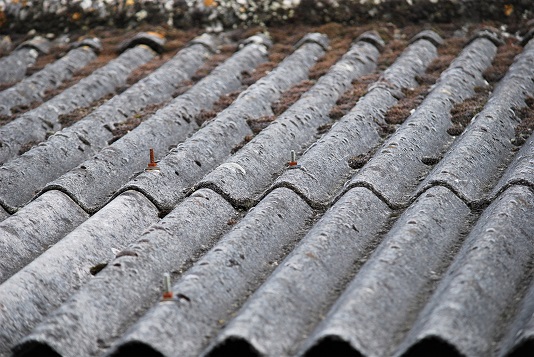
For those who own or control buildings, asbestos management is a duty that you’re required by law to carry out, and there’s a very good reason for this. Asbestos can pose a real threat to health, with a host of potential diseases attributable to exposure.
Many of these are not treatable, and historical exposure to the fibres found in asbestos is linked to around 4,500 deaths per year in the United Kingdom alone. This explains why legislators take it so seriously.
However, a lot of people remain confused over what exactly this duty entails. Many worry that removing the material could prove costly, and wonder whether they can keep expenses to a minimum by carrying out the removal process themselves. The short answer to this question is ‘no’ and here are just a few of the reasons why.
Who Can Remove Asbestos?
Asbestos containing materials should only be removed if absolutely necessary, and only by a person or contractor who has the skills, knowledge, expertise and correct training to ensure that it is removed safely.
Exposure to asbestos poses serious health risks. Left alone, the material poses little harm to a building’s visitors and occupants, but the real danger arises when it is disturbed, which means that removal is an especially hazardous process.
As a result, the law takes a very serious stance on those who shouldn’t handle the material. The uninitiated and inexperienced are, naturally, not included within this remit, and there are only a very small number who are – namely, qualified and competent professionals.
The Rules Surrounding Removal
The law is very strict on who can and cannot handle asbestos, and what procedures must be followed with regards to removal. Indeed, some asbestos-containing materials can only be removed by a fully licensed asbestos removal contractor, who must notify the Health & Safety Executive before doing anything.
Certain types of asbestos require a specialist asbestos removal contractor who holds an HSE Asbestos Removal Licence. Such materials include loose fill lagging insulation, lagging and sprayed coatings, asbestos insulation, loose dust and small pieces of debris, and Asbestos Insulating Board (AIB). These materials would be removed under full licensed conditions following the issue of a 14-day note (ASB5) to the HSE.
Other types of asbestos do not require an HSE Licence, but still need to be notified to the HSE using the ASBNN1W1 form. Such materials include Asbestos Insulating Board (AIB) if the removal work is short, below the control limit, and not part of maintenance work. This covers the removal of Large-Scale Texture Coating (Artex) or the removal of asbestos-containing paper, felt, cardboard, ropes, yarns, cloth or gaskets all in poor condition.
Finally, there is a group of ACMs which are classed as low-fibre release when disturbed; these can be removed without an Asbestos Removal Licence. Such materials are AIB if it is short duration works, below the control limit and part of maintenance work: Textured Coatings (Artex) when carefully removing the backing board intact; the removal of Asbestos-containing string intact; the removal of resin-based materials such as gaskets, friction products, brake linings; conveyor belts/drive belts; Asbestos Cement Products; vinyl floor tiles, bitumen-based products; Asbestos paper damp-proof coatings; mastics, etc.
The Danger Of Amateur Removal Efforts
Thousands of people each year consider removing asbestos themselves, but it is imperative that you do not attempt this. Untrained removal efforts can have devastating consequences on the health of those who unwittingly ingest asbestos fibres. These often do not manifest themselves until 15 or more years later but include cancers of both the lungs and chest lining, which often prove untreatable.
Smokers are especially vulnerable, but asbestos fibres can be fatal to anyone who ingests them, causing almost 5,000 avoidable deaths per year.
What’s more, those who act in defiance of the law can find themselves facing not only health problems, but severe legal repercussions too, in accordance with the Control of Asbestos Regulations 2012.
Only Competent Persons or organisations should be employed to remove an ACM so that you can be confident that the removal works are undertaken in accordance with the HSE legislation and guidance notes. In some instances, a 4-Stage Re-occupation Certificate will be required after the removal works. In all instances, a Hazardous Waste Consignment Note is needed to ensure that the Asbestos has been correctly disposed of.
Should you ever find yourself using Google to answer a question like ‘can I remove asbestos myself UK’, know that the answer is ‘no’, with very good reason: it simply isn’t worth the risk to those involved. Contact Marpal today for further help and advice.


